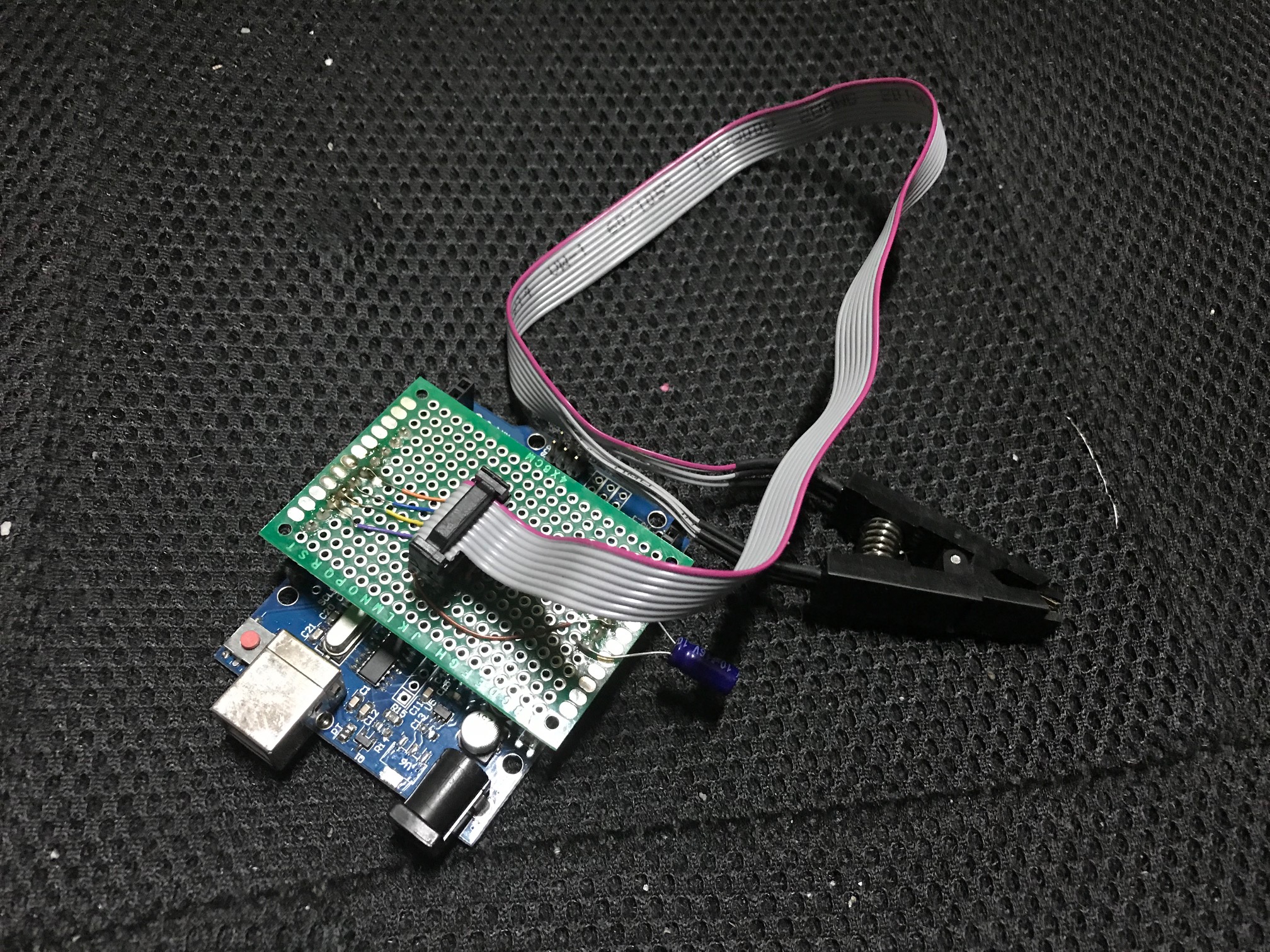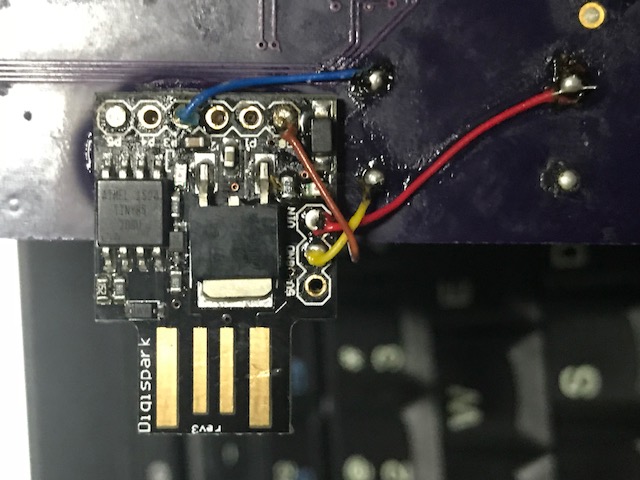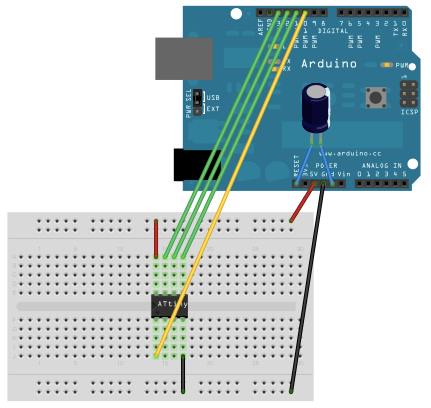A few years back Sriram Kosuri & George M Church published an interesting article on the applications of large scale de novo synthesis. Recently, a number of companies have popped up exploring new approaches to DNA synthesis.
I thought it might be fun to imagine what the ultimate market for ultra-high throughput DNA synthesis could be. The applications here assume the ability to produce perfect reads, of any length, for almost no cost (to the vendor).
What existing markets could we capture, and what potential new markets exist. The numbers and justifications below are part of this thought experiment, and shouldn’t be taken too seriously.
The table below summarises the global markets for each application discussed:
| Market |
Market/year Global (MUSD) |
| DNA Data Storage |
1500 |
| Research Apps |
1500 |
| Bacteriophage synthesis |
20000 |
| Higher Organism synthesis |
10? |
| DNA Origami |
10? |
| DNA Computing |
1000 |
DNA Data Storage
One application of large scale DNA synthesis being mooted is as a data storage media. The most attractive data storage application is as an offline storage media.
Currently, Magnetic tape is used for offline storage. It’s something like 4 times cheaper to store data on tape than on hard drives. The disadvantages of course is that it’s not available for random access. Storing data on DNA would have a similar access profile, so we can imagine that their market sizes might be similar.
Current tapes store ~15Tb of data, and cost in the region of 150USD. If we can slash the cost by a factor of 5, it’s likely DNA storage based devices could capture this market.
There are currently two main players in large capacity tape storage LTO8 and TS1155. In 2013 LTO tapes were selling ~25 million tapes a year [1]. Tape sales are increasing year-on-year. Assuming 50 million is ballpark correct (both tapes types). We assume we can sell 15TB of storage for ~30USD (5x cheaper than existing solutions) and capture the entire tape market. This gives us a market of 1500MUSD per year in DNA storage.
This is potentially an underestimate, as the market for tape based storage is increasing indicating a healthy appetite for offline storage solutions.
Research Applications
Existing research applications for oligonucleotide synthesis are clear. If you can produce longer or higher accuracy oligos, it’s likely that you can capture this entire market. One report suggests that the global market for oligonucleotide synthesis is currently in the region of 1500MUSD, and is growing [2].
Whole-genome syntheses
De novo synthesis of bacteriophages
Here’s where things get even more speculative. We all know that resistance to existing antibiotics is increasing, and that new antibiotics are taking longer than we’d like to come online.
One possible solution that has been suggested is to start prescribing bacteriophages [3]. Rather fascinatingly there’s an institute in Georgia that has been doing this for some time as described in this 1997 BBC documentary.
There are a number of issues with making bacteriophages a practical therapeutic. A significant hurdle [4] is that a bacteriophage is specific to a narrow range of hosts.
One approach might be to prescribe a complex cocktail of phages. A better (and potentially more practical approach) might be to figure out exactly which bacterial infection a patient has (through point of care sequencing) and then prescribe a phage to target exactly that infection.
This might be one phage out of a library of tens of thousands [4]. So, rather than every pharmacy storing such a large stock of phages, why not just have a DNA synthesiser in every clinic creating/culturing phages for patients [8].
The current US outpatient market for antibiotics is 269 million prescriptions per year. If we replace all these prescriptions with point of care bacteriophage synthesis at 15USD we get ~4000MUSD. I assume the worldwide market is 5x the US market giving 20000MUSD.
We might also consider other therapeutics applications of DNA synthesis, for example aptamer therapeutics. It’s harder to make a case for point of care synthesis here however.
De novo synthesis of higher organisms
De novo synthesis of the genomes of higher organisms is a fascinating idea, but the commercial applications are less clear to me. You might want to synthesis one novel organism, but you would then duplicate it through other means. It therefore seems like more of a research tool.
DNA Origami
DNA Origami is another application where it seems like there should be novel applications of de novo synthesis on a commercial scale. However, it’s not clear to me what these might be.
DNA Computing
Another speculative application might be using DNA for computing. It’s currently unclear what the killer application of DNA computing might be. But as we’re just throwing ideas around, lets assume we can solve a complex computational problem using DNA computing. In particular lets assume we can solve hashing problem and use that as the proof of work function for a cryptocurrency.
Figures for bitcoin mining rigs are all over the place, but mostly in the billions. As we’re just throwing numbers around here, let’s assume it could be a market of 1000MUSD a year and use this as a proxy for the size of the DNA Computing market.
Notes
[1]
~25 Million tapes sold per year
~150USD
https://en.wikipedia.org/wiki/Linear_Tape-Open
[2]
“The global oligonucleotide synthesis market generated $1.5 billion revenue in 2017 and is projected to advance at a CAGR of 10.8% during 2018–2023. The market is mainly driven by increasing research activities in synthetic biology, rising prevalence of cancer and infectious diseases, advancements in oligonucleotide synthesis technologies, and favorable government regulations.”
https://www.psmarketresearch.com/market-analysis/oligonucleotide-synthesis-market
[3]
www.bioprocessintl.com/manufacturing/nonantibody-therapeutics/bacteriophages-an-alternative-to-antibiotics-challenges-and-possible-solutions-for-bringing-them-to-market/
[4]
“However, from the biotechnological point of view the specificity of bacteriophages is a challenge; it means that the industry should be prepared to provide a tailored therapeutic phage or phage cocktail for each individual pathogenic bacterium. The challenge is vast since there are hundreds of pathogenic bacterial species, i.e. potential targets for phage therapy, and most of the species may contain dozens of sero- or genotypes that each may be susceptible to different phages. Therefore, to cover the whole field of infectious diseases there would be a need for a bank of thousands or tens of thousands of phages with different specificities.”
https://link.springer.com/article/10.1007/s10529-007-9346-1
[5] “In 2015 alone, approximately 269 million antibiotic prescriptions were dispensed from outpatient pharmacies”
https://www.cdc.gov/antibiotic-use/stewardship-report/outpatient.html
[6]
btcmanager.com/bitcoin-mining-industry-set-to-bring-in-4-bln-2017/
http://fortune.com/2018/02/24/bitcoin-mining-bitmain-profits/
https://www.businesswire.com/news/home/20180503005882/en/Top-Insights-Cryptocurrency-Mining-Hardware-Market-Technavio
[7] http://arep.med.harvard.edu/pdf/Kosuri_Church_2014.pdf
[8]
“Cross-genus rebooting of custom-made, synthetic bacteriophage genomes in L-form bacteria”
http://www.pnas.org/content/115/3/567


